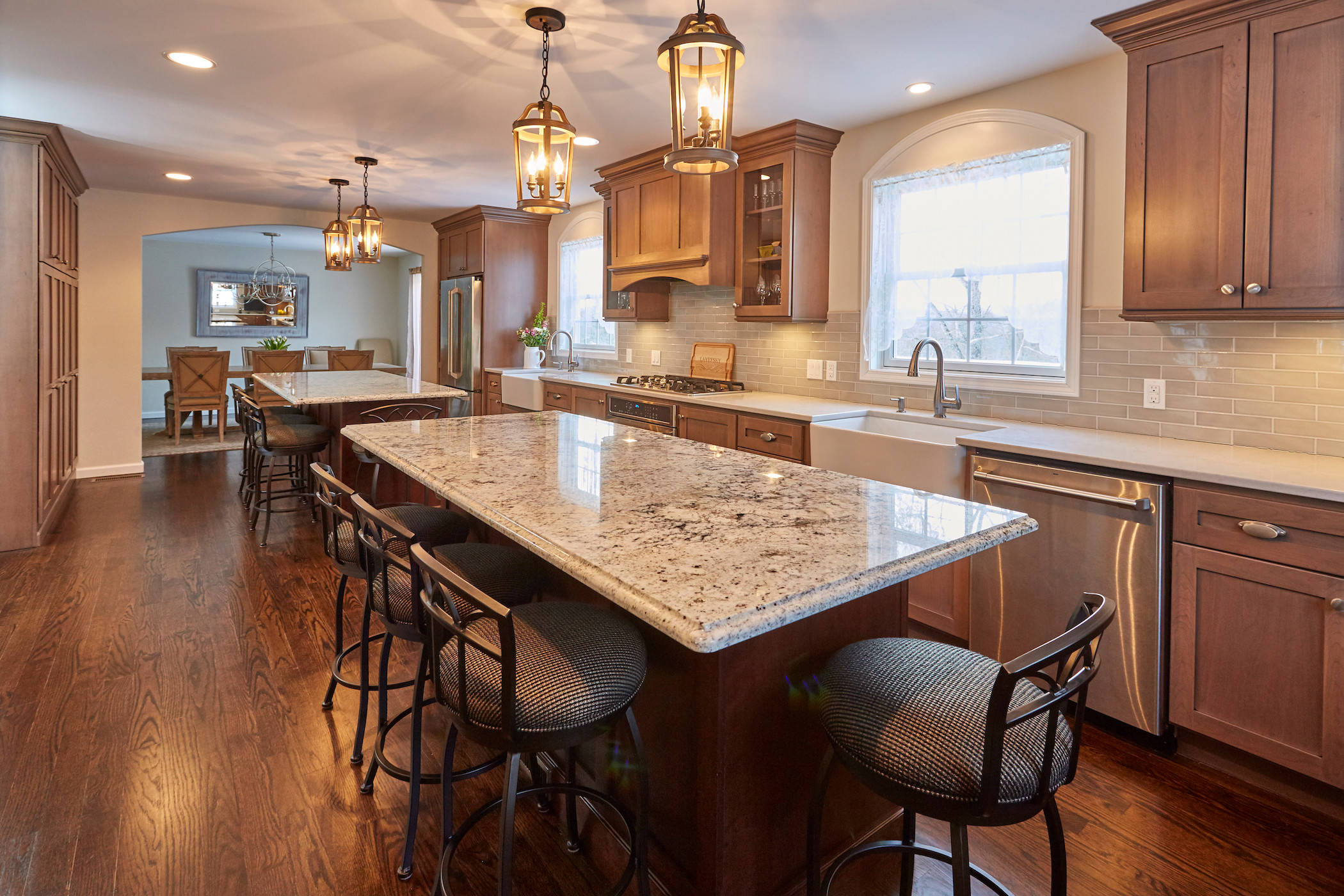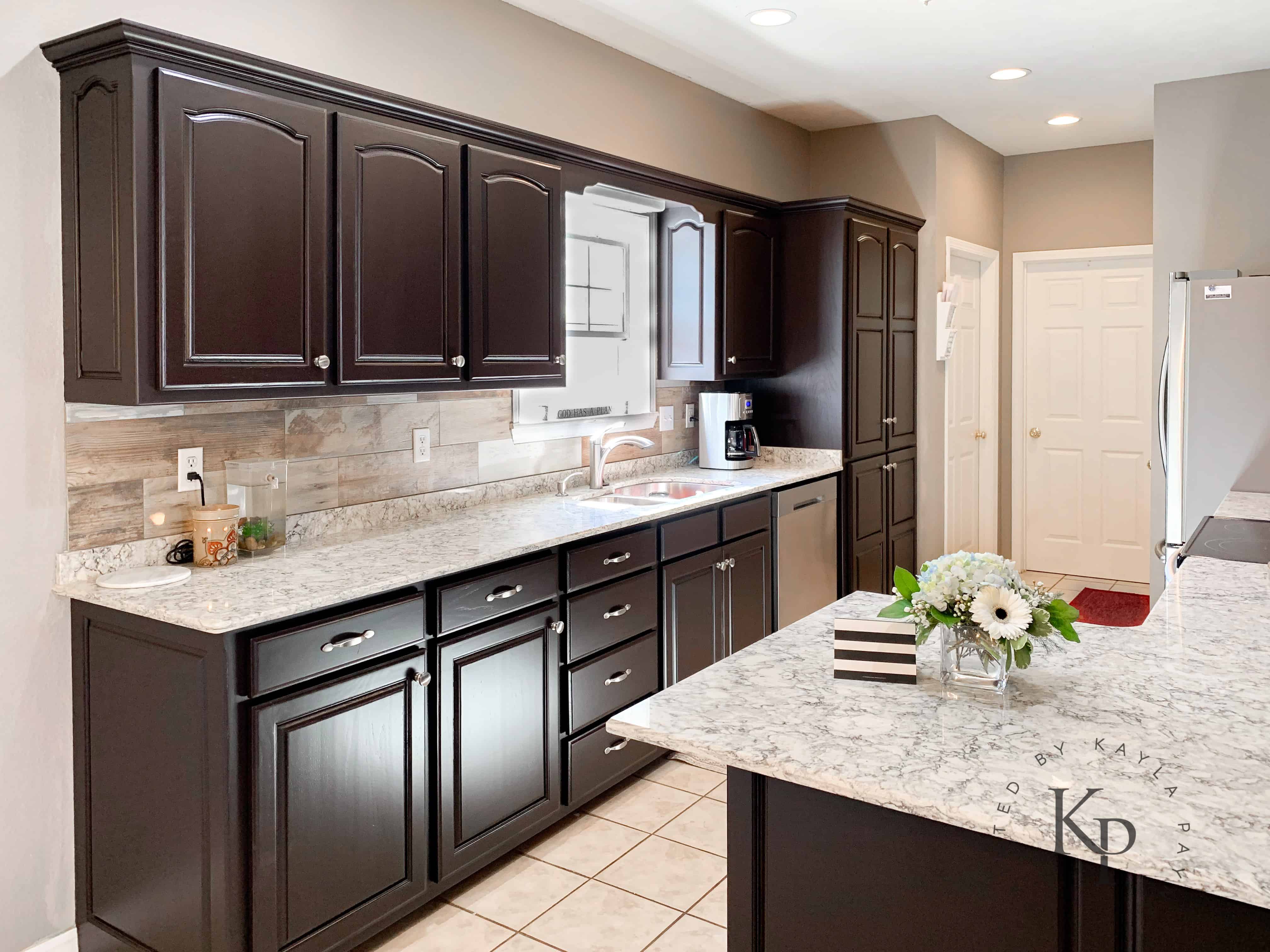The Appeal of Dark Countertops in Bathrooms

The allure of dark countertops in bathroom design is undeniable, as they offer a sophisticated and dramatic aesthetic that elevates the overall ambiance. This trend is gaining momentum, driven by a desire for modern and elegant spaces that exude a sense of tranquility and luxury.
The Aesthetic Impact of Dark Countertops in Different Bathroom Styles
Dark countertops, with their inherent richness and depth, seamlessly integrate into various bathroom styles, adding a touch of sophistication and elegance. They create a striking contrast against lighter walls and fixtures, drawing attention to the countertop area and adding a sense of visual interest. In modern bathrooms, dark countertops complement sleek lines and minimalist designs, creating a sophisticated and contemporary feel. For traditional bathrooms, dark countertops can be paired with ornate fixtures and patterned tiles, adding a touch of classic elegance. Minimalist bathrooms, characterized by clean lines and simple fixtures, benefit from dark countertops that provide a grounding element and enhance the overall sense of serenity.
The Psychological Effects of Dark Colors in a Bathroom Space
Dark colors in a bathroom space, particularly in the form of countertops, evoke a sense of tranquility and sophistication. Dark hues create a calming and inviting atmosphere, promoting relaxation and reducing stress. This is particularly beneficial in a bathroom, where individuals seek a sanctuary to unwind and recharge. The dramatic effect of dark countertops can also create a sense of luxury and opulence, transforming the bathroom into a spa-like retreat.
Material Options for Dark Countertops

Dark countertops offer a striking and sophisticated aesthetic for bathrooms, adding a touch of drama and elegance. They create a visual focal point, making the space feel more luxurious and inviting. But choosing the right material is crucial, as it will influence the overall look, durability, and maintenance requirements.
Material Comparison
The following table compares common dark countertop materials, highlighting their key characteristics:
| Material | Appearance | Durability | Maintenance | Cost |
|---|---|---|---|---|
| Granite | Wide range of colors and patterns, often with dramatic veining; natural variations make each slab unique. | Highly scratch and heat resistant; naturally stain-resistant. | Requires regular sealing to maintain its luster and protect against stains. | Moderate to high, depending on the type and origin. |
| Quartz | Wide variety of colors and patterns, including solid colors and intricate designs; often engineered to mimic natural stone. | Extremely scratch and stain resistant; non-porous, making it very durable. | Low maintenance; typically requires minimal sealing. | Moderate to high, depending on the specific type and design. |
| Marble | Classic and elegant; known for its beautiful veining and subtle color variations. | Susceptible to scratches and stains; porous and requires careful maintenance. | Requires regular sealing and cleaning with specialized products to prevent staining and etching. | High, often considered a luxury material. |
| Slate | Distinctive, earthy look with a natural, matte finish; often has a layered, textured appearance. | Durable and scratch-resistant; naturally stain-resistant. | Minimal maintenance; requires occasional sealing to protect against stains. | Moderate, generally more affordable than granite or marble. |
| Engineered Stone | Wide range of colors and patterns, including solid colors and intricate designs; often mimics natural stone. | Durable and scratch-resistant; non-porous, making it very stain-resistant. | Low maintenance; typically requires minimal sealing. | Moderate to high, depending on the specific type and design. |
Black Slate Countertop Design
Imagine a bathroom with a sleek and modern aesthetic, featuring a countertop made of black slate. The natural, matte finish of the slate adds a touch of rustic charm, while its dark hue creates a dramatic and sophisticated ambiance. The subtle layering and textural variations of the slate add depth and visual interest, enhancing the overall design. The countertop’s durability and natural stain resistance make it a practical choice for a bathroom, while its minimal maintenance requirements ensure that it will remain beautiful for years to come.
Design Considerations for Dark Countertops: Dark Countertops In Bathroom

Dark countertops can add a touch of sophistication and drama to a bathroom, but they also require careful planning to avoid creating a gloomy or overwhelming atmosphere. The key lies in balancing the dark hues with lighter elements and strategic lighting to create a space that is both stylish and inviting.
Lighting Strategies for Dark Countertops
Lighting plays a crucial role in enhancing the beauty of dark countertops and creating a balanced ambiance. Proper lighting can brighten the space, highlight the countertop’s texture and depth, and prevent it from appearing too dark or oppressive.
- Natural Light: Maximize natural light by incorporating large windows or skylights. Natural light will bounce off the dark countertop, adding brightness and depth.
- Layered Lighting: Employ a combination of ambient, task, and accent lighting to create a well-lit and visually appealing space.
- Ambient Lighting: Use recessed lighting or a ceiling fixture to provide overall illumination.
- Task Lighting: Install vanity lights above the mirror to provide focused light for grooming and makeup application.
- Accent Lighting: Utilize under-cabinet lighting or sconces to highlight the countertop’s features and create a warm and inviting atmosphere.
- Light Color Temperature: Opt for warm white or soft white light bulbs, which create a cozy and inviting ambiance. Avoid cool white or daylight bulbs, which can make the bathroom feel sterile and harsh.
Color Palettes and Complementary Elements, Dark countertops in bathroom
The color palette and other bathroom elements should complement the dark countertops to create a cohesive and visually appealing design.
- Light Walls: Light-colored walls will help to balance the darkness of the countertops and create a sense of spaciousness. Choose soft neutrals like white, cream, or light gray.
- Contrasting Accents: Incorporate pops of color through towels, rugs, artwork, or decorative accessories to add visual interest and break up the darkness.
- Metallic Finishes: Metallic accents like chrome, nickel, or brass can add a touch of elegance and sophistication.
- Light-Colored Flooring: Light-colored flooring will help to brighten the space and create a sense of balance. Consider using tiles in a light shade of gray, beige, or white.
- White Cabinetry: White cabinetry will create a clean and crisp contrast with the dark countertops. This combination is classic and timeless.
Additional Design Tips
Here are some additional design tips for incorporating dark countertops into a bathroom without creating a gloomy or overwhelming atmosphere:
- Consider the Size of the Bathroom: Dark countertops can make a small bathroom feel even smaller. If your bathroom is on the smaller side, consider using lighter countertops or a lighter color palette.
- Use Reflective Surfaces: Mirrors and glass surfaces can help to reflect light and make the space feel larger and brighter.
- Add Plants: Green plants can bring life and freshness to a bathroom with dark countertops. They can also help to absorb moisture and purify the air.
